
Along with the expansion of the market size of the Web3 industry, the types of blockchain are also diversifying. In order to promote further market development in the midst of a huge number of chains, it is extremely important to have compatibility between multiple different networks and realize smooth interoperability.
However, in the past, communication between multiple chains had major issues regarding cost and safety.
“LayerZero” is an innovative messaging protocol that was created to solve these problems of interoperability and scalability in the blockchain ecosystem.
In this article, let’s take a closer look at what LayerZero is, how it works, and its future potential.
table of contents- An Overview of the Revolutionary Interoperability Protocol “LayerZero”
- Mechanism and issues of conventional “cross-chain bridge”
- How LayerZero works
- What is the “OFT standard” provided by LayerZero?
- The “ONFT standard” that implements the omnichain standard on NFTs
- The future of LayerZero
- LayerZero Unleashes Blockchain Possibilities
1. Overview of the interoperability protocol “LayerZero”
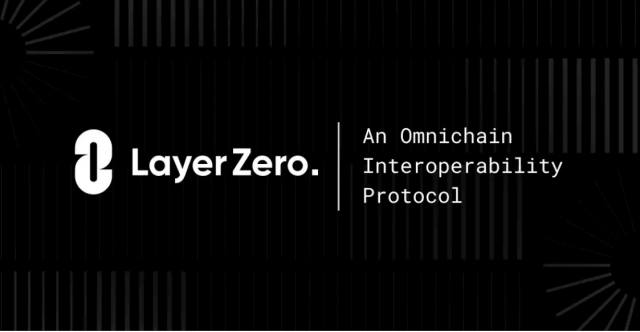
LayerZero is an interoperability protocol that enables low-cost and secure message exchange between multiple chains. It is expected to greatly contribute to improving the scalability and interoperability of the entire cryptocurrency and blockchain industry.
LayerZero is operated by LayerZero Labs, based in Canada and co-founded by Bryan Pellegrino, Ryan Zarick and Caleb Banister. In March 2022, it has attracted the attention of investors as a promising project, raising about 16.5 billion yen at that rate from several major VCs (venture capital).
dApp developers can use LayerZero to integrate multiple different chains into their apps and upgrade them to omnichain apps.
2. Mechanism and issues of conventional “cross-chain bridge”
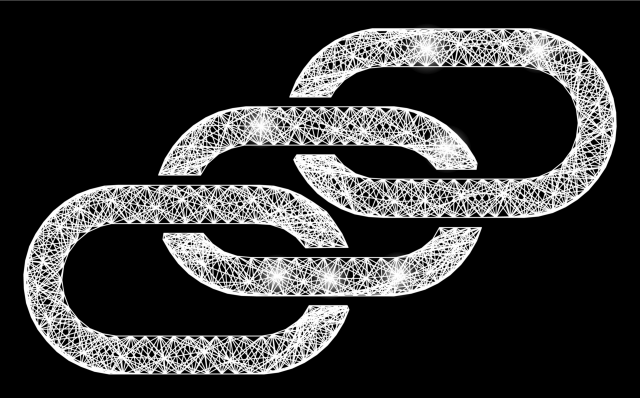
LayerZero was developed to solve the major problems faced by “cross-chain bridges” that have traditionally been used for communication between multiple chains. Next, let’s explain the mechanism and challenges of the bridge.
2-1. What is a “bridge” that connects multiple networks?
Blockchain technology enables extremely smooth communication within a single network or between networks with similar standards. However, since blockchain-based networks are basically self-contained in design, they are not suitable for interoperability between networks with different standards.
Therefore, the method of using a “cross-chain bridge” has been conventionally used to integrate multiple chains into dApps and to transfer tokens across chains of different standards. A cross-chain bridge is a service that connects specific networks, providing consensus and verification to facilitate communication.
For example, if you want to transfer a particular token to a network with different specifications, the bridge first verifies that the transaction request is valid, and then adjusts the balance of tokens on the source and destination networks to balance them.
2-2. Issues faced by cross-chain bridges
There are two main types of bridges, the middle chain method and the light node method.
First, middle-chain bridges are vulnerable to hacking because transactions are managed centrally by independent intermediaries. In fact, there have been many hacking incidents aimed at bridges, and a huge amount of assets have flowed out so far.
On the other hand, the light node method boasts high security, but the drawback is that a large amount of fee is incurred for use.
In addition, the bridge basically has to be built separately with its own interface code for each pair of chains, so it has the drawback of being more restrictive and less versatile.
2-3. Approach by LayerZero
LayerZero is an epoch-making protocol that was born to solve such bridging problems.
Since there is no centralized management by an intermediary like a conventional bridge, we have adopted a mechanism called “trustless” that eliminates the need to trust the service provider. In addition, there is no need to pay wrapping costs, bridging fees, etc. to the middleman, and the transaction can be executed only with the gas fee, so it is highly cost-effective.
In other words, LayerZero is a solution that combines the cost effectiveness of the middle chain method and the security of the light node method.
3. How LayerZero works
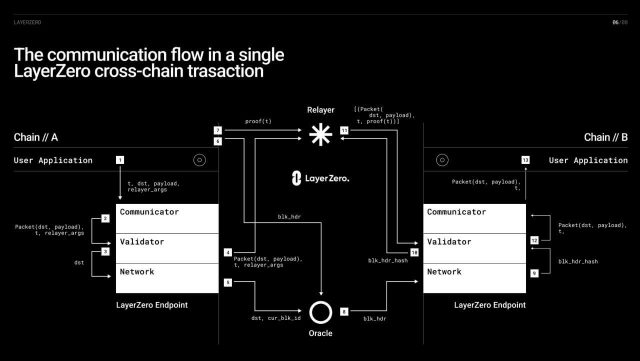
Next, let’s take a closer look at how Layerzero performs cross-chain messaging.
3-1. “Oracle”, “Relayer” and “Endpoint” that make up LayerZero
LayerZero works around two independent off-chain systems called “Oracle” and “Relayer”, and an on-chain system called “Enpoint”.
Oracle’s primary role is to receive requests from the source chain and propagate block headers (summary of block information on the chain) to the destination chain.
Relayers, on the other hand, are responsible for sending and receiving messages between the source and destination chains to prove that the requested transaction is valid.
The Endpoint is like a base that exists on both chains, sending block information to Oracle/Relayer and verifying messages received from both off-chains.
3-2. Flow of how Layerzero works

Based on the above three elements, let’s explain the specific flow of how LayerZero executes messaging.
- User conveys a transfer request to the endpoint of the source chain
- The endpoint of the source chain splits the request information into two and sends them separately to Oracle/Relayer
- Oracle transfers request block information to the endpoint on the destination chain
- The endpoint of the destination chain that received the information provides the relay with the block information of the destination chain
- Relayer verifies that the request is correct from the provided block information and returns the proof to the destination Endpoint
- Oracle conveys the block information of the source chain to the destination Endpoint
- If the destination endpoint can confirm that all the aggregated information matches, it is confirmed that the transaction is valid.
LayerZero verifies that the transaction is legitimate and valid in the above flow.
By distributing responsibility to two off-chains, Oracle and Relay, we strongly guarantee the validity of transactions and at the same time strengthen security against cyberattacks.
LayerZero is just a messaging protocol for processing safe and smooth communication between multiple chains, and the actual token balance adjustment is performed by the applications implemented on both endpoints.
4. What is the “OFT standard” provided by LayerZero?
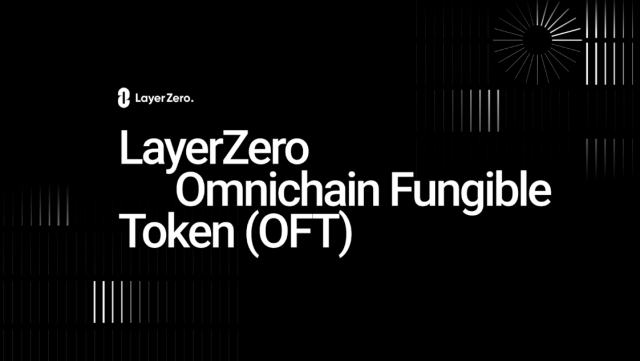
Next, let me introduce the product provided by LayerZero Labs, the token standard “OFT (Omnichain Fungible Token) standard” built on the messaging infrastructure of LayerZero. The OFT standard is used to actually implement LayerZero into dApps, etc.
4-1. Basics of OFT standards
By issuing specific tokens in the OFT standard, any chain supported by LayerZero can be efficiently integrated into the ecosystem.
The OFT standard adopts the “Burn/Mint method” in which the source network burns the requested amount of tokens and the destination network mints (issues) the same amount of tokens for both balance adjustments. increase.
Similar schemes exist for bridges, but they lack versatility, requiring the construction of separate middle chains with different interface code for each pair of chains. The OFT standard enables burn/mint cross-chain transactions between a wide variety of chains using a single interface code.
Any fungible token can be securely transferred between multiple chains without the need for asset wrapping, middle chains, or liquidity pools.
4-2. Advantages of using the OFT standard
In summary, by issuing tokens in the OFT standard, we can implement the following advantages of LayerZero into the ecosystem.
- Standardization in multiple networks (improved interoperability)
- Improved security
- Improved cost effectiveness
- Unified liquidity
- Improved configurability
Unifying liquidity means moving liquidity completely to the destination when transferring tokens between multiple chains using the Burn/Mint method described above. Unlike wrapped tokens, liquidity is not shared by multiple chains, so the advantage is that liquidity fragmentation does not occur.
Configurability refers to the ease with which the various elements of the system work together.
Tokens issued according to the OFT standard can be quickly integrated with external dApps, AMMs, and exchanges, and are highly configurable.
The OFT standard is thus an innovative solution to improve existing bridging problems in terms of interoperability, security and liquidity.
5. “ONFT standard” to implement omnichain standard on NFT
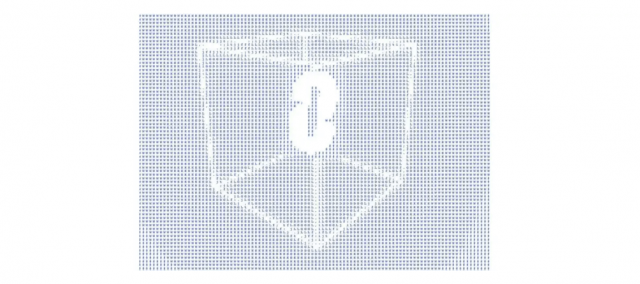
In addition, Layerzero provides not only FT (fungible tokens) such as virtual currency, but also the ONFT (Omnichain Non-Fungible Token) standard for NFTs (non-fungible tokens).
5-1. ONFT standard basics
Issuing NFTs according to the ONFT standard enables seamless and secure NFT transfers without using traditional methods such as wrapping or middle chains, just like OFT.
If the ONFT standard spreads and NFT usage between different chains becomes smooth, it will undoubtedly have a big impact on the future of the market.
For example, it will greatly improve interoperability between Web3 games that use disparate chains, allowing you to have similar NFT collections on any chain. This will in turn encourage the integration of projects and the construction of a larger ecosystem.
By the way, more than 1000 NFTs have already been issued under the ONFT standard, and its recognition is certainly spreading.
A recent case study, for example, is the Lil Pudgy Penguins from the NFT collection. Pudgy Penguins is a penguin NFT that is generated from over 150 hand-drawn parts.
In January 2023, the project implemented an NFT cross-chain using the ONFT standard in order to open a portal that can cross from the issuing chain Ethereum to other networks such as “Arbitrum”, “Polygon”, and “BNB Chain”. I’m here.
5-2. Advantages of using the ONFT standard
By issuing tokens according to the ONFT standard, it is possible to implement the advantages of LayerZero mentioned above, such as improved interoperability, security, and cost effectiveness, into NFTs.
By using the ONFT standard, which unifies the liquidity that was divided by project and solves the security cost problem of bridges and middle chains, the degree of freedom in NFT transactions for users will be greatly improved.
For example, in the aforementioned LIL Pudgy Penguins, the integration of the ONFT standard has made it possible to seamlessly transfer 22,222 existing NFT collections to chains other than Etherium.
In this way, ONFT will not restrict NFTs within the chain at launch, which is of great value in terms of preventing fragmentation of brands and IPs.
6. The Future of LayerZero
Finally, we will introduce the future potential of LayerZero and its impact on the market.
As of January 2023, the size of the Web3 market is “approximately US$2.86 billion,” but some speculate that its demand will increase to “approximately US$116.51 billion” by 2033. The need to improve interoperability between Along with that, the importance of technologies that promote interoperability will also increase.
In that context, the emergence of LayerZero, which solves the challenges of traditional bridges and connects all chains with a single interface code, is of great value for the development of the market.
First of all, if LayerZero improves the interoperability of the industry as a whole and revitalizes transactions across different chains, there is no doubt that it will have a significant impact on the revitalization of the market as a whole.
It is expected to contribute not only to dApps, but also to improving the convenience of various services in the industry, such as cryptocurrency exchanges, swaps, liquidity mining, and lending.
By removing the walls between each network, we will be much closer to realizing the essential value of blockchain technology. The synergies created by the interoperability of vast networks, each with its own peculiarities, are immeasurable.
These possibilities of LayerZero are getting a lot of attention from investors and developers. In fact, the number of messages sent through LayerZero has risen sharply since August 2022, demonstrating that its influence is steadily expanding.
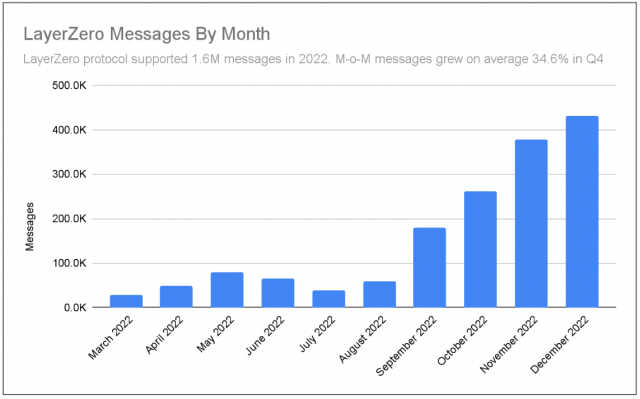
By the way, GM Radio, which is run by the global version of CoinPost, invited Mr. Bryan Pellegrino, co-founder and CEO of LayerZero Labs, as a special guest during the first broadcast on December 15th. We conducted an interview on the subject of “the future of Web3 built by LayerZero” and it generated a sensation.
7. LayerZero Unlocks Blockchain Potential
In this article, we have explained in detail the overview of LayerZero, its basic mechanism, and the “OFT standard” provided by LayerZero Labs.
LayerZero is expected to be one of the most promising projects in these days where safe and efficient multi-chaining is required as the Web3 market expands.
connection:CoinPost Holds “GM Radio” to Invite Virtual Currency Projects to Expand Globally
The post What is Blockchain Interoperability Protocol “LayerZero”? appeared first on Our Bitcoin News.

 2 years ago
99
2 years ago
99

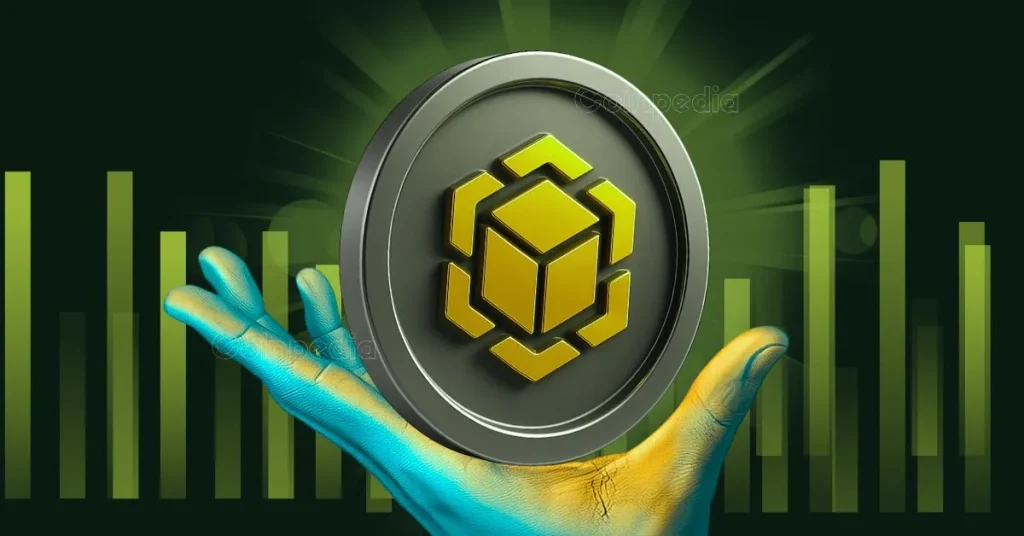


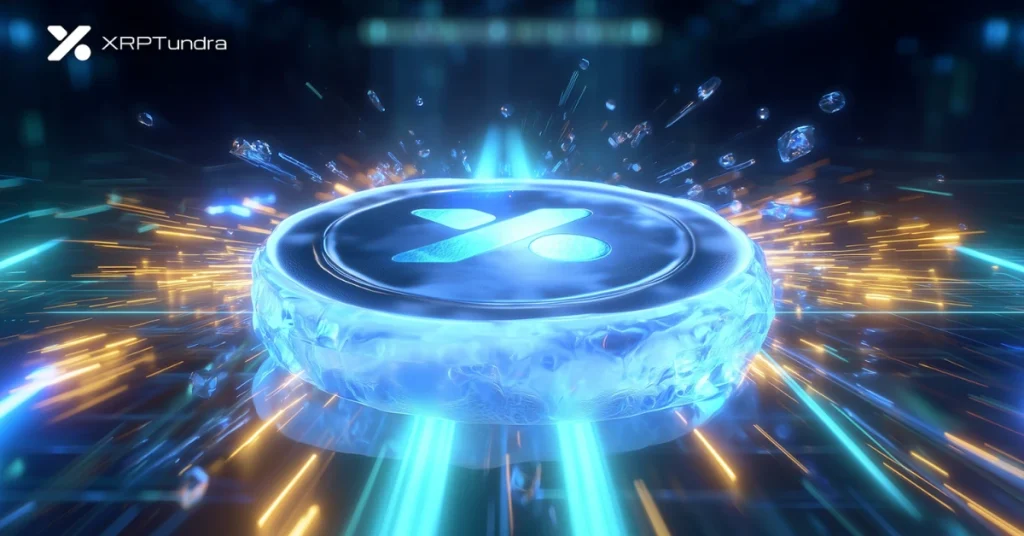










 English (US) ·
English (US) ·